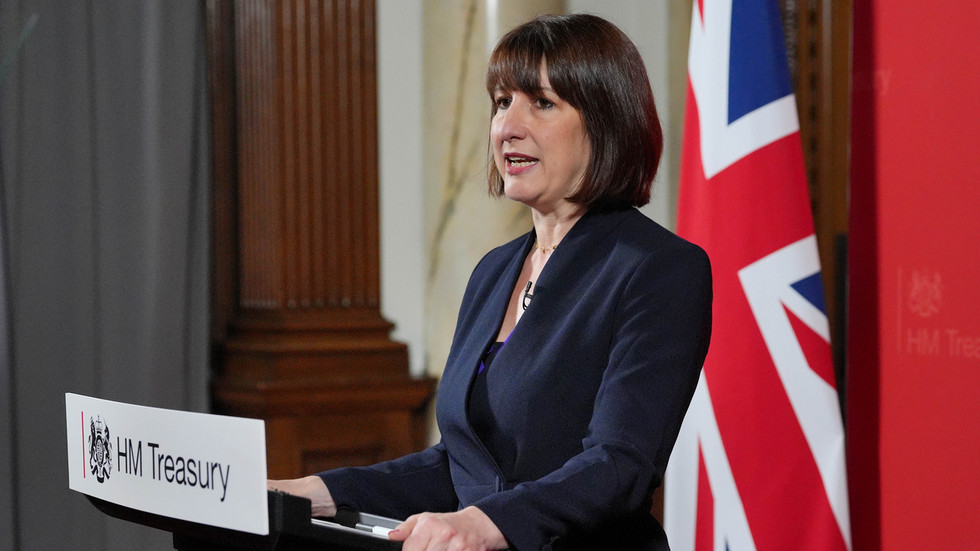It is good for the economy. It is great for the planet. And above all, it is fantastic for consumers. So, it is surprising that it has taken India till now to start moving on arming consumers with the ‘right to repair’ appliances and gadgets, a key element of consumer protection and empowerment, as well as the sustainability movement.
Surprising, because India viewed protection of consumer rights with such importance that the Ministry of Consumer Affairs, Food and Public Distribution was created immediately after Independence and was initially helmed by no less a personage than Dr Rajendra Prasad, who went on to become India’s first President.
The first step was taken last week (on October 28), when the Ministry of Consumer Affairs wrote to 23 leading consumer durable manufacturers in India to share basic information, including repair centres and indicative prices for repairs and spares, along with a link to a single site which contains such information. This is the first step in creating a centralised repository of such information.
You might also like
Three next-gen Tatas put on a Tata trust board
So, what’s the big deal about the blue tick anyway?
FY24 capex goal may be raised to ₹10 trillion
How Bengaluru airport is bridging the gap with Delhi, Mumbai
Earlier in July this year, the Ministry had started the process for creating a framework for arming consumers with the right to repair the devices they own, by setting up a committee to develop this. The committee, be chaired by Nidhi Khare, Additional Secretary, Department of Consumer Affairs, also has jurists, consumer activists and representatives of consumer organisations, as well as representatives of industry associations.
The formation of the Committee itself was a consequence of Prime Minister Narendra Modi launching the LiFE movement (Lifestyle for Environment) in India and thus lending his considerable weight to the concept of repair and reuse of products. Although the ‘three ₹of sustainability’ – Reduce, Re-use and Recycle – have been around since the 1970s and has been since expanded to include three more ‘Rs’ – refuse, re-think and repair, India has not paid much attention to the latter three, particularly repair.
Probably the first move in the direction came from India’s competition watchdog Competition Commission of India. In a 2014 order, it ordered India’s leading automobile manufacturers to make spares and diagnostic tools required for repairs easily available to all parties and not just “authorised” service agents, allow equipment suppliers to also sell spares in the open market and also work towards standardisation so that the maximum number of parts can be applicable across all makes. This paved the way for multi-brand repair shops and also led to a drop in the price of spares, although the standardisation directive has been observed more in the breach.
Nevertheless, it was hoped that this order will pave the way for more such, covering a wider range of products, particularly electronic gadgets, which are notorious for non-repairable products (think a sealed phone where a battery cannot be replaced), planned obsolescence (think withdrawal of software support and security updates for older models).
These practices have been a major contributor to the growing ‘e-waste’ problem around the world. In fact, the global right to repair movement has focused on environmental impact as a key reason for arming consumers with the right to repair. In India, however, the e-waste problem is only now coming into the radar of civic administrations which are tasked with solid waste management. There was a more pressing reason why there was a clamour for the right to repair – costs.
A recent survey by LocalCircles found that the prohibitive costs of repairing/servicing a gadget was the primary reasons why as many as one in two households surveyed had opted to replace a gadget which was less than five years old, instead of trying to repair it. Nearly a fifth of the respondents also said they had tried through the brand’s network but failed, while another 10 per cent said that the process of actually connecting with the service network of a brand was unclear. The findings suggested that the after- sales service economy was “broken”, LocalCircles said.
Manufacturers, of course, have resisted the idea – and not just in India. The US Fair Repair Act is valid only in the State of New York. A federal law is still pending in the Senate. The UK passed the right-to-repair regulations last year, which makes it mandatory for manufacturers to provide service support for up to 10 years after sales, while the EU has regulations covering repairs under its anti-waste laws. It is high time India followed suit with a comprehensive law on the right to repair.
Elsewhere in Mint
In Opinion, Vivek Kaul tells how to rid the GDP of male chauvinism. Niranjan Rajadhyaksha writes on why inflation takes longer to go down. Arpita Mukherjee & Eshana Mukherjee explain why we have not gained from our FTAs. Long Story exposes an accounting twist that just erases emissions.
Download The Mint News App to get Daily Market Updates.
More
Less















